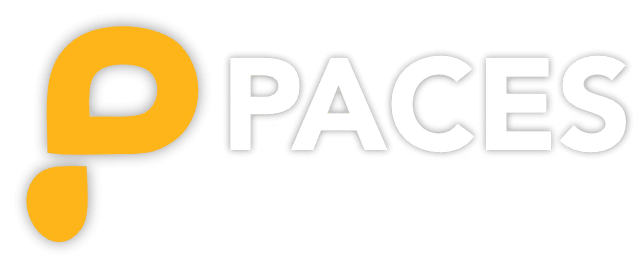If you run a blog, chances are you have category and tag pages. But here’s a crucial question: should you keep them indexed, or should you instruct search engines to ignore them?
Ignoring unnecessary pages can actually boost your website’s traffic. In this article, we’ll explain what you should do to maximize your website’s traffic, using Paces Creative’s website (https://paces.co.za) as an example.

Category and Tag Pages: To Index or NoIndex and Why?
When it comes to organising content on your website, whether it’s product listings, blog posts, or images, there’s no one-size-fits-all solution. However, most content management systems offer SEO category pages and tags to help you organise effectively. While these can be helpful, having too many category and tag pages can create problems, especially for your SEO performance.
In this post, we’ll discuss the potential issues that unnecessary or excessive category and tag pages can cause. We’ll also introduce a solution—noindexing—and share how Paces Creative helped one of their clients with this problem.
The Problems Caused by Unnecessary Category and Tag Pages
- Ranking Conflicts: Unnecessary category and tag pages can compete with relevant content on your website, cannibalising traffic and causing confusion among users.
- Crawl Depth/Index Bloat Issues: Search engine crawl bots are programs that crawl the web to maintain a list of active URLs. They use sitemaps and internal links to discover pages to crawl. However, crawl bots can’t crawl every page on a website, and irrelevant pages, like excess category and tag pages, can lead to “crawl bloat.” This negatively impacts your website’s crawl budget and causes relevant pages to be overlooked.
How Paces Creative Helped Their Client with Excessive Category and Tag Pages
Paces Creative, a digital marketing agency founded in 2008, worked with a client (Client A) who had issues with their /tag/ pages. These pages were causing confusion among users because they had similar URLs to the login page for the client’s software. To resolve this problem, Paces Creative used Google Search Console to analyse the impact of removing unnecessary category and tag pages.
By comparing the login page and the tag page, Paces Creative noticed a clear split in traffic. While the tag page received less traffic, it was still causing confusion. After noindexing the tag page, there was an immediate drop in clicks to it and an increase in clicks to the login page.
For the login page, there was a significant increase in clicks and impressions after noindexing the tag page. Relevant search queries also saw improvements, indicating the success of this strategy.
On the other hand, the tag page saw zero clicks and impressions after noindexing, eliminating the confusion and reducing crawl bloat.
When to Index or NoIndex Pages
Noindexing pages is a case-specific SEO tactic. Indexed pages should provide value to users and are meant to be listed by search engines. Noindexing is advisable when:
- There’s a risk of cannibalisation, where a page’s content or URL is similar to a priority page and diverts traffic.
- You have pages that don’t need public exposure, such as targeted landing pages or login portals.
- You want to protect staging environments and password-protected pages.
Conclusion
While categories and tags are essential for organising your website’s content, you must be cautious about indexing too many of them. The noindex tag can help you avoid content cannibalisation and reduce crawl bloat, improving your website’s performance and user experience.
